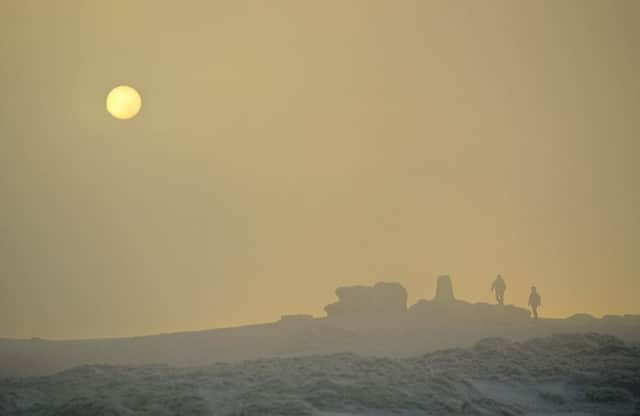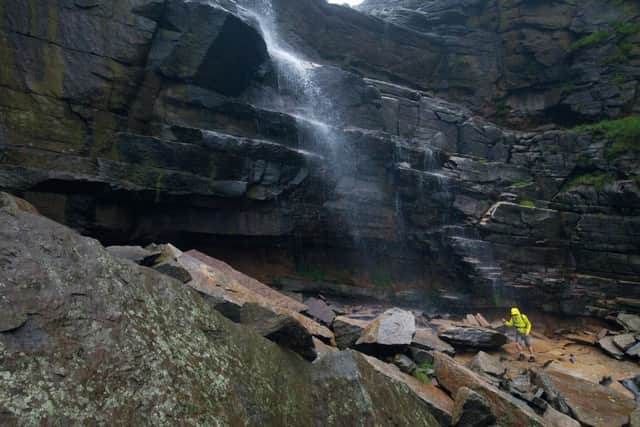How '˜people's mountain' tells a very human story


“It’s the wild heart of Britain’s first national park, that brave attempt to drag back the people’s stake in its own natural heritage, another deliberate act of post-war social justice to set alongside the National Health Service.”
But Kinder, sitting between Sheffield and Manchester at the base of the Pennines, has an even greater worth, he argues. “It tells a wider human story, about the very nature of our anxious, curious and acquisitive species.”


Advertisement
Hide AdAdvertisement
Hide AdEd, a climber who lives in Sheffield, edits the Alpine Journal and writes for The Guardian, has teamed up with his close friend, nature photographer John Beatty, on a new book that explores the hill’s history, picking out significant milestones as well as trying to ‘restore a few to public memory, like patching up a drystone wall’.
Kinder Scout: The People’s Mountain is illustrated with large-scale images of the landscape, flora and fauna, from snowy scenes and pictures of the elusive mountain hare to examples of walkers and climbers tackling the rocks and crags.
The place is poorly understood, Ed writes – its topography is ‘hardly mountain-like at all’, with an ‘insignificant summit’ that rises to 2,088ft.
The book focuses on the hard lives of sheep farmers, the fashion for grouse shooting that took hold in the mid-19th century and the lucky escape of two plane crew members who survived when their B-24 Liberator bomber ploughed into the moor in 1944, its wreckage remaining to this day.


Advertisement
Hide AdAdvertisement
Hide AdCharacters emerge such as Hannah Mitchell, born at Alport Castles Farm in 1871.
Hannah’s family led a hard life on an upland farm; her father succumbed to a winter storm, dying the day after he was caught in a blizzard and led home by his sheepdog. She later became a suffragette and wrote a memoir called, soberly, The Hard Way Up.
Meanwhile, although the B-24’s pilot Creighton Houpt and engineer Jerome Navjar managed to crawl free with minor injuries, Kinder is ‘peppered with wartime wrecks where the crew weren’t so lucky’, Ed says. Aviation is an important part of the site’s history – workers from aircraft factories in Manchester and the North West explored the hillside, and researchers flew kites on the moorland to understand how the atmosphere worked in connection with flight.
The book also documents that the first man to climb on Kinder was from Sheffield. Cutler JW Puttrell began attempting routes there in the late 19th century, when ‘the sport of rock climbing for its own sake was embryonic’.
Advertisement
Hide AdAdvertisement
Hide AdJohn Beatty first visited the area over 50 years ago. Ruefully, he says he has seen a ‘slow depletion’ of the birds, plants and animals that once populated the terrain. “The large flocks of grouse that were once often seen each winter are a rarity today. The curlew only nests in small numbers. The mountain hare, though occasional, seems to be less common.”
But he writes: “Days out on Kinder have taught me so much. It has been a lifetime of joy to meet this mountain.”
Kinder Scout: The People’s Mountain is published by Vertebrate on March 22, priced £30 in hardback. Visit www.v-publishing.co.uk for details. The authors will be launching the book and signing copies at the Outside shop, Hathersage, on March 15; The Royal Hotel, Hayfield on March 20 and Waterstones in Orchard Square, Sheffield, on March 22.